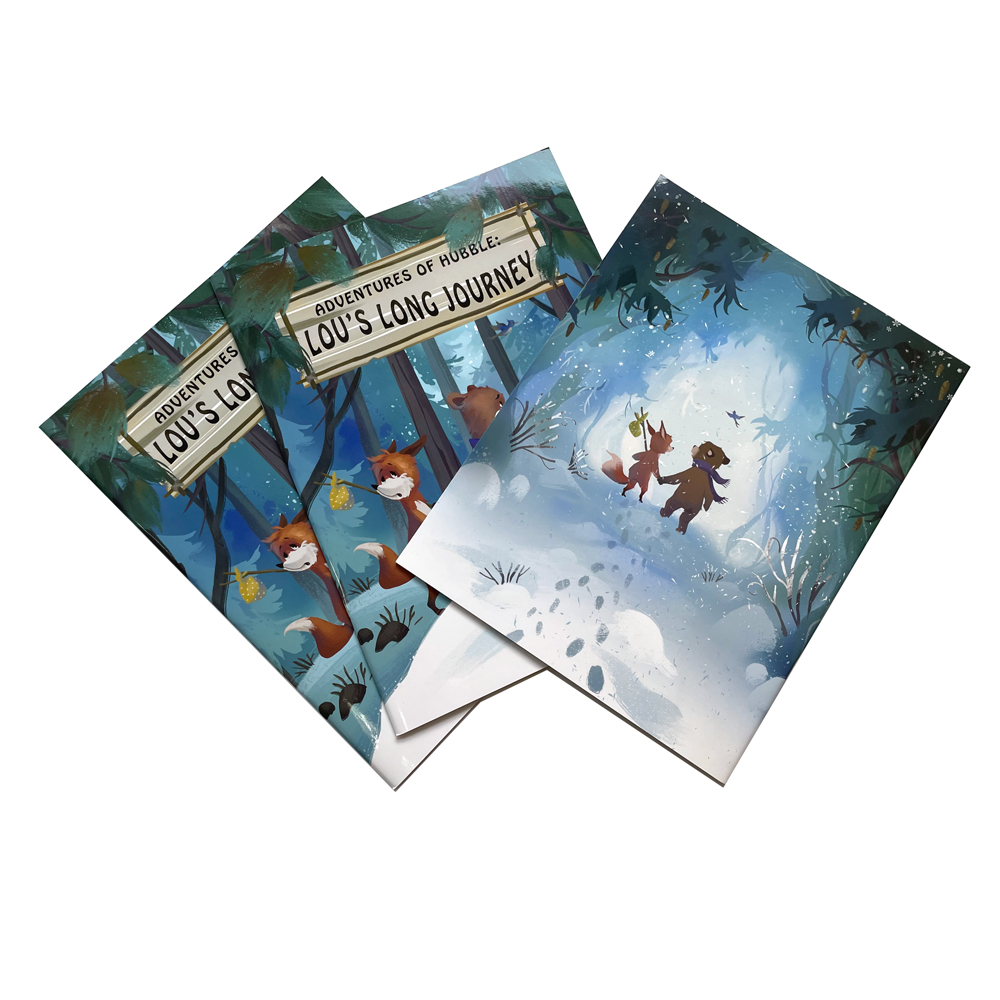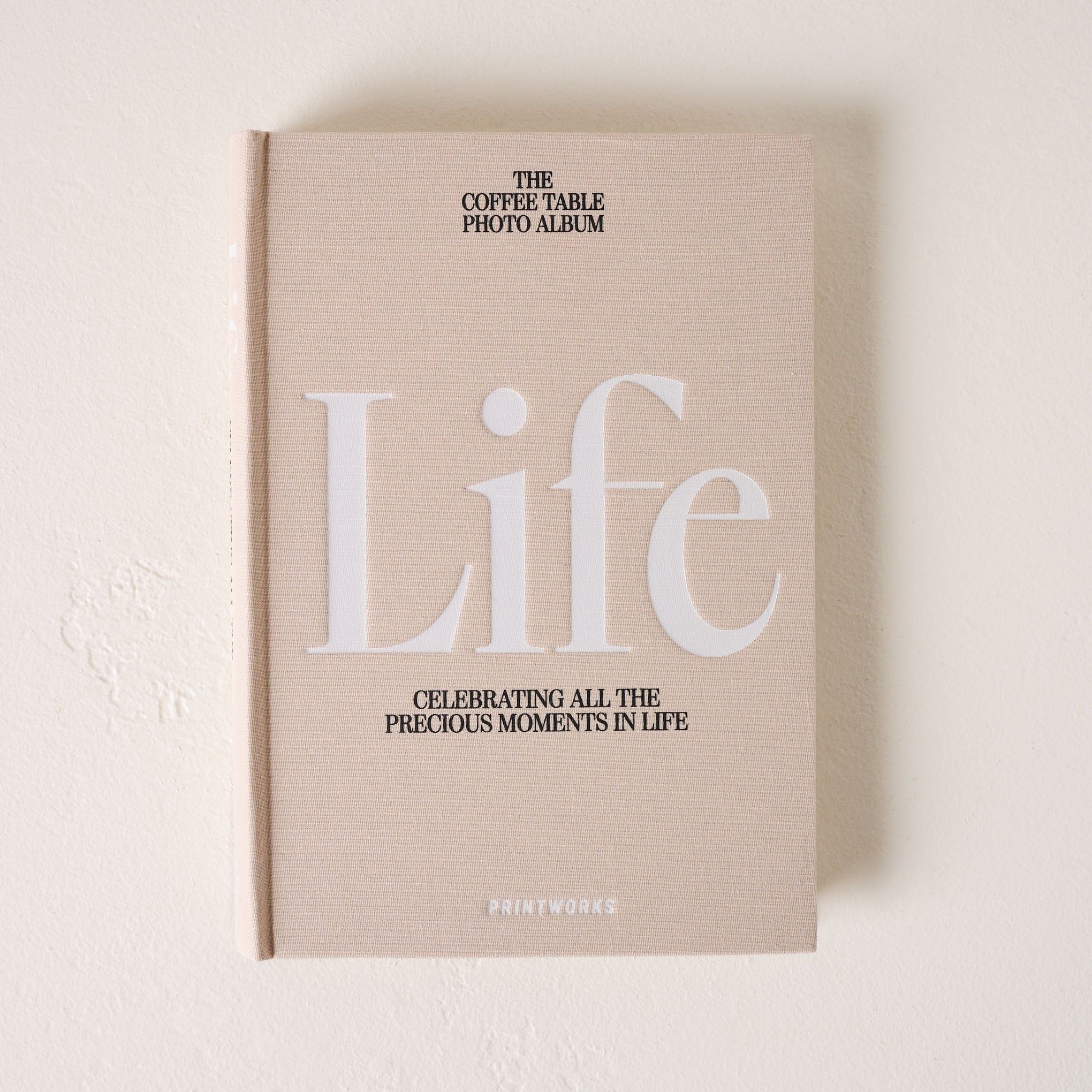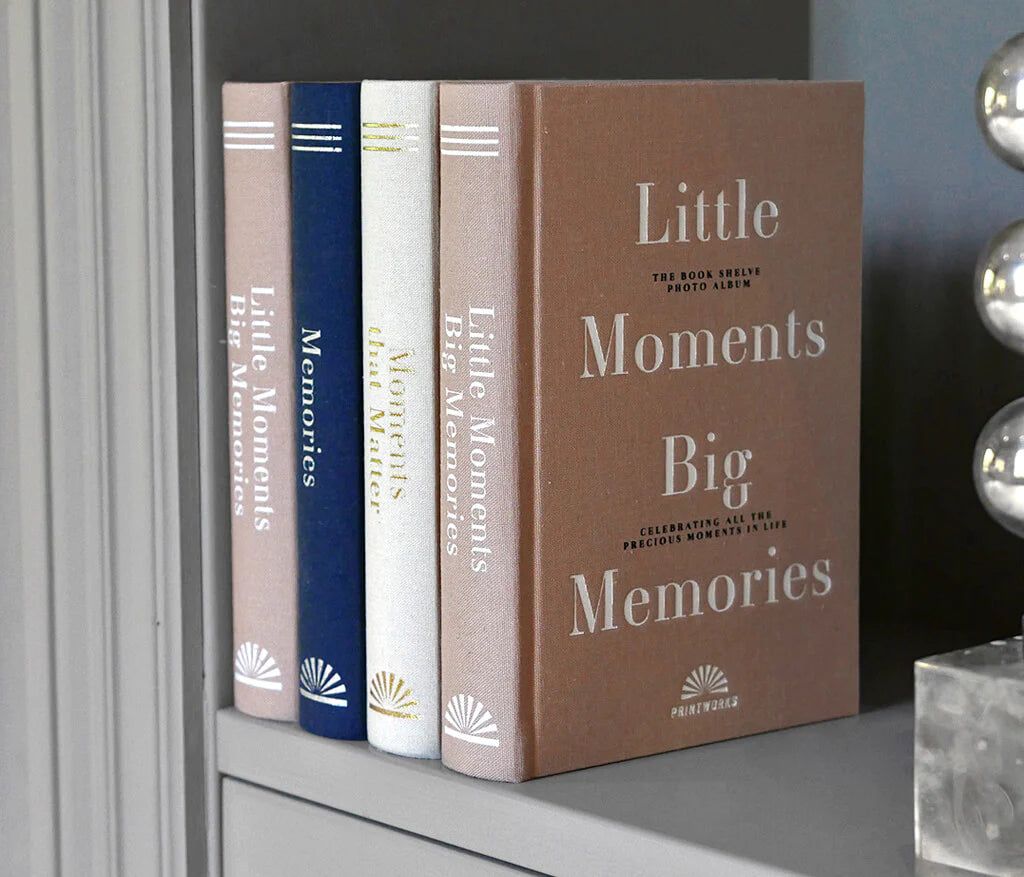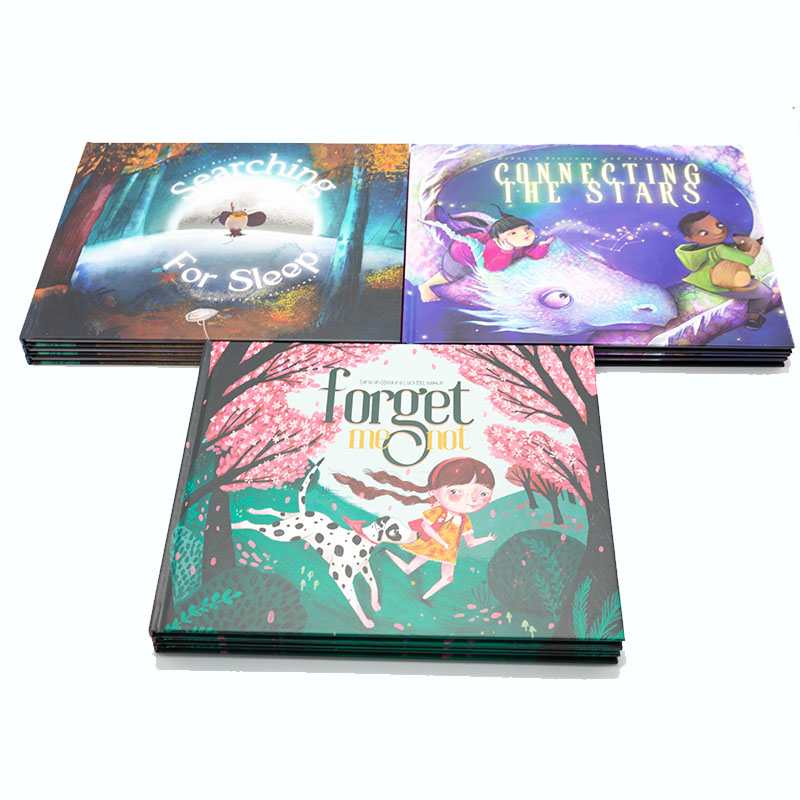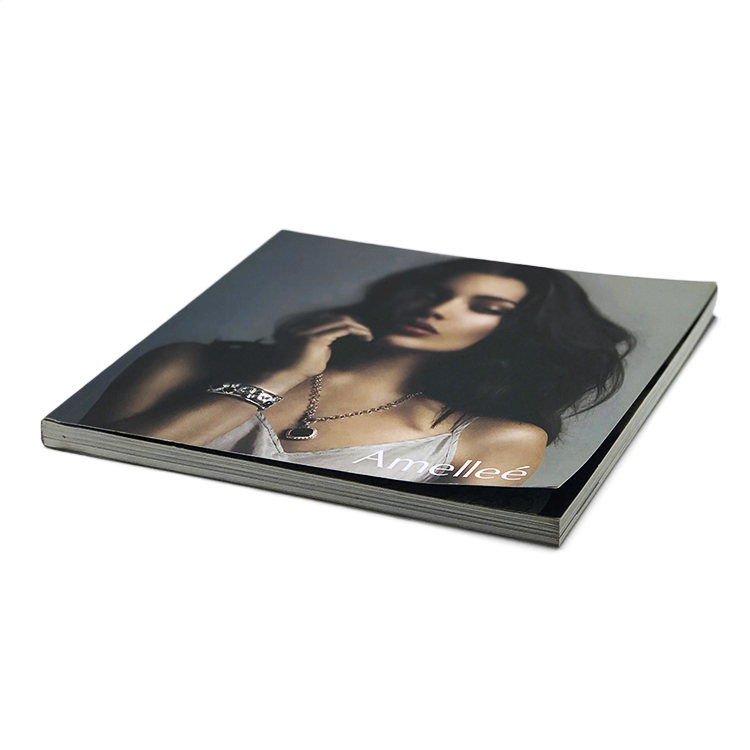완벽한 하드커버 책 표지를 디자인하는 방법
Your hardcover book cover is more than just a protective shell; it’s a powerful marketing tool and a key player in creating an unforgettable first impression. As an author, artist, or publisher, your goal is to attract readers, convey the essence of your story, and reflect the quality of your work—all within a single glance. This guide covers everything you need to know to design a hardcover book cover that resonates with your audience, from choosing the right materials and design elements to understanding the printing process. Let’s delve into what it takes to create a hardcover book cover that not only protects but also elevates your book to a higher level.
목차
The Role of a Hardcover Book Cover in Publishing Success
맞춤형 책 인쇄 비용은 매우 다양할 수 있으며, 일반적으로 사본당 $2에서 $10 이상입니다. 저렴한 인쇄 옵션에는 풀 컬러 이미지나 하드커버 바인딩과 같은 특정 기능이 부족할 수 있습니다. 그러나 절약을 추구하면서 품질을 타협하지 않는 것이 중요합니다. 독자는 종종 고품질 책을 찾습니다. 따라서 품질과 비용의 균형을 맞추는 것이 필수적입니다.
First Impressions Are Everything
A hardcover book cover is often the first interaction a reader has with your book. In just a few seconds, a well-designed cover can communicate genre, tone, and intrigue, setting the stage for the reading experience. Whether your book is a thrilling mystery, a heartfelt romance, or a thought-provoking non-fiction piece, the cover should match the mood and theme to align with the reader’s expectations. Beyond drawing attention, your cover also represents your brand as an author or publisher, helping you build recognition across your portfolio. Consistent, cohesive design choices make your work instantly recognizable in a competitive market.
Aesthetic and Practical Value: Durability and Perceived Quality
A hardcover book cover not only enhances the visual appeal but also adds a layer of durability. With their rigid construction, hardcovers protect your book’s pages from wear and tear, preserving your work for years to come. This robustness also gives your book a premium feel, making it a popular choice for first editions, collectors, and readers who value quality. Hardcovers typically carry a higher perceived value, which can justify a higher price point and enhance your book’s position as a high-quality product in the market.
Core Design Elements for an Eye-Catching Hardcover Book Cover
Mastering Color Schemes and Imagery
Color is a powerful communicator in book design, setting the tone and drawing the reader’s eye. Bold colors like red or black suggest intensity and mystery, ideal for thrillers or horror novels. Pastels, on the other hand, evoke a sense of calm and warmth, suitable for romance or self-help books. Bright, saturated colors communicate energy, while muted tones can signal sophistication, making them ideal for historical or academic works.
Choosing the right imagery is equally crucial. Striking photographs or illustrations can enhance a cover’s appeal, but they should be carefully selected to resonate with the book’s content. For example, an adventurous fantasy novel might feature dramatic landscapes, while a memoir might display a meaningful personal symbol. Always ensure that the visuals align with the genre and narrative to avoid misleading the audience.
Typography: The Silent Messenger of Tone
The font you choose speaks volumes about your book. Serif fonts, with their traditional feel, are often used in classical literature, historical novels, or serious non-fiction. In contrast, sans-serif fonts, known for their simplicity and modern look, work well for contemporary fiction and lifestyle books. Script fonts bring an element of elegance and intimacy, which can be effective for romance or memoirs.
Font size and weight can also affect the cover’s impact. Bold, large titles convey authority and confidence, capturing attention from a distance. Smaller, delicate fonts work well for subtle details, adding depth to the design. Combining typography with graphic elements like borders, lines, or icons can unify your design and give it a professional, polished look.
Special Finishes: Adding a Touch of Luxury
To make your hardcover book cover truly stand out, consider special finishes like foiling or spot UV. Foil stamping, which adds metallic shine to selected elements, can emphasize key details like the title or author name, giving the book an upscale appearance. Spot UV, which applies a glossy layer to certain areas, creates contrast and depth, making the cover more visually engaging. These finishes are especially effective in genres where a luxurious look is appealing, such as memoirs, art books, or literary fiction.
The Printing Process: From Concept to Physical Book
Pre-Printing Preparation: Getting Your Design Ready
Preparing your cover for print is a meticulous process. Start with high-resolution images (300 dpi or higher) to ensure sharpness and clarity. Align your design with adequate margins and incorporate a bleed—extra space around the design to prevent unprinted edges after trimming. This step ensures that your final product looks polished and professional.
Equally important is setting your design to the CMYK color mode, which is standard for printing. This color setting ensures that what you see on your screen closely matches the final printed result. Before submitting your files, check that all fonts are embedded to avoid unexpected substitutions, which could alter your cover’s appearance.
Printing Techniques: Offset vs. Digital Printing
For hardcover books, offset printing is often the preferred method due to its high-quality results, consistent color, and sharp details. Offset printing is especially suitable for large print runs, as it maintains a high standard across all copies. However, if you’re working on a smaller print run or need faster turnaround, 디지털 인쇄 offers a flexible and cost-effective alternative. While digital printing may not provide the same level of detail as offset, it still produces impressive results and is often more economical for independent authors.
Post-Printing Treatments: Enhancing Durability and Aesthetics
Post-printing treatments like matte or gloss lamination protect your cover while enhancing its aesthetic appeal. Gloss lamination brightens colors and creates a shiny finish, making the cover visually dynamic. Matte lamination, by contrast, offers a softer, more refined look, often preferred for genres that lean towards sophistication. These treatments not only safeguard the book from scuffs and fingerprints but also add an extra touch of professionalism.
Customization and Personalization for a Unique Book Cover
Tailoring Your Cover to Fit Your Book
Custom sizing allows you to match the cover perfectly to your book’s dimensions, whether it’s a small, portable guide or a large coffee table book. Working with professional printers gives you the flexibility to choose unique specifications that align with your creative vision, ensuring a cohesive, polished final product.
The Benefits of Professional Printing Services
Professional printing services offer expertise and advanced equipment that self-publishing authors may not have access to. Printers like Books Printing Factory can guide you through each step, from color matching to file preparation, ensuring that the final product meets your expectations. Their experience helps avoid common pitfalls, such as resolution issues and formatting errors, ensuring a smooth process that culminates in a high-quality cover.
DIY Design vs. Professional Design: Making the Right Choice
Designing your cover yourself allows for complete creative control and can save money if you’re on a tight budget. However, professional designers bring industry knowledge, understanding elements like typography, color theory, and layout to make your cover visually compelling. If you want your book to resonate with a specific market, a professionally designed cover can enhance its appeal and help it meet industry standards.
Additional Features to Enhance Your Hardcover Book Cover
Eco-Friendly Printing Options for a Sustainable Choice
More readers are now eco-conscious, preferring books printed with environmentally friendly practices. Options like recycled paper, biodegradable inks, and eco-friendly laminates help reduce the ecological impact of book production. Many professional printers offer sustainable printing options, allowing you to appeal to environmentally aware readers without compromising on quality.
Adding a Dust Jacket for a Premium Touch
A dust jacket provides extra protection and a canvas for additional design elements, such as author bios or book reviews. This removable cover enhances the book’s visual appeal and gives collectors an added feature to enjoy. Dust jackets are popular among premium books and make a hardcover stand out on store shelves and online marketplaces.
Steps to Order Your Hardcover Book Cover
Ordering a hardcover book cover is simple with Books Printing Factory streamlined process. Start by uploading your design files and selecting your preferred options for material, finish, and size. Books Printing Factory instant quote tool provides transparency on costs, so you know exactly what to expect. Their step-by-step process ensures that you’ll receive a professionally printed hardcover cover that aligns with your creative vision.
Conclusion: Creating a Hardcover Book Cover That Captivates and Protects
Crafting an exceptional hardcover book cover involves thoughtful design choices, from color and typography to printing techniques and special finishes. A well-designed hardcover cover not only protects your book but also enhances its appeal, serving as a reflection of the story within. With the right preparation, materials, and printing support, your hardcover book cover can elevate your project, helping it to leave a lasting impression on readers.
Ready to design your hardcover book cover? Explore Books Printing’s services to get a quote and begin crafting a cover that’s as unique as your story. For more resources, visit Books Printing’s blog and support sections, where you’ll find additional tips on everything from design to the printing process.
자주 묻는 질문
1. 책 표지 디자인에서 "bleed"란 무엇이며, 왜 필요한가요?
블리드는 표지를 다듬은 후 인쇄되지 않은 가장자리가 나타나지 않도록 하는 디자인 주변의 추가 여백을 말합니다. 블리드를 추가하면 흰색 테두리 없이 전문적이고 세련된 모습을 보장하는 데 도움이 됩니다.
2. 인쇄를 위해 표지 파일을 어떻게 준비합니까?
파일이 고해상도(300 dpi)이고 CMYK 색상 모드로 포맷되었으며 블리드가 포함되어 있는지 확인하세요. 대부분의 프린터는 파일 업로드 지침을 제공하므로 표지가 완벽하게 정렬되도록 쉽게 할 수 있습니다.
3. 라미네이션이란 무엇이며, 커버에 어떤 이점이 있나요?
라미네이션은 내구성과 외관을 강화하기 위해 커버 위에 보호 코팅을 적용하는 것을 말합니다. 광택 라미네이션은 광택과 생동감을 더하는 반면, 매트는 부드럽고 전문적인 모습을 제공합니다. 두 옵션 모두 마모와 퇴색으로부터 보호합니다.
도서 인쇄
새로운 제품
마지막 블로그
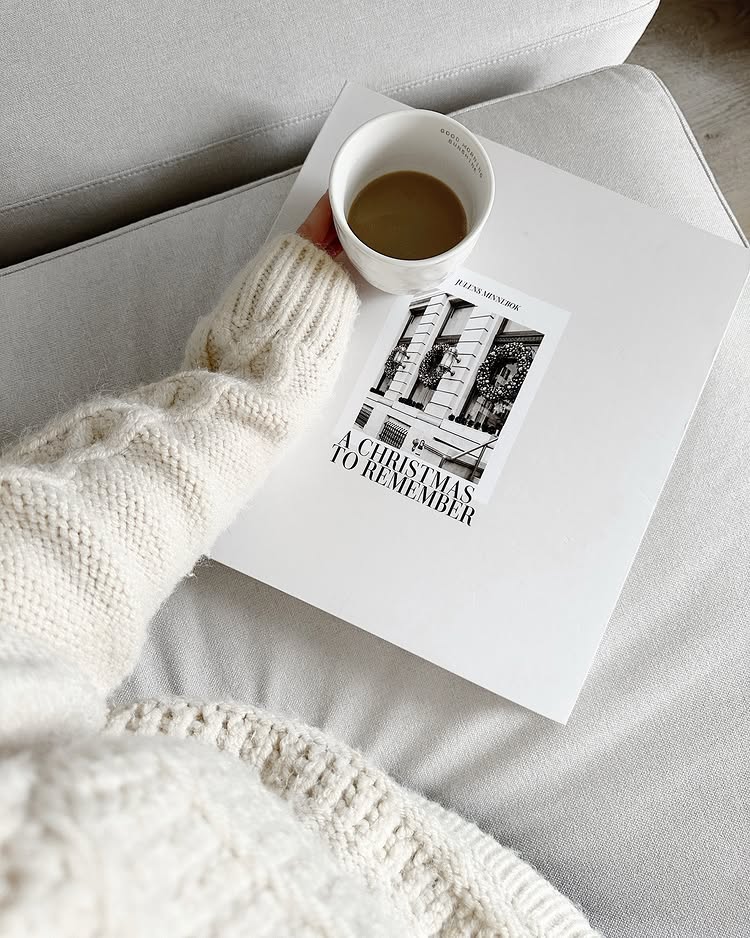
커피 테이블 북을 만드는 데 드는 비용은 얼마인가요?
커피 테이블 북을 만드는 것은 흥미진진하고 창의적인 노력이지만, 가장 먼저 떠오르는 질문 중 하나는 '커피 테이블 북을 만드는 데 드는 비용은 얼마인가?'입니다.

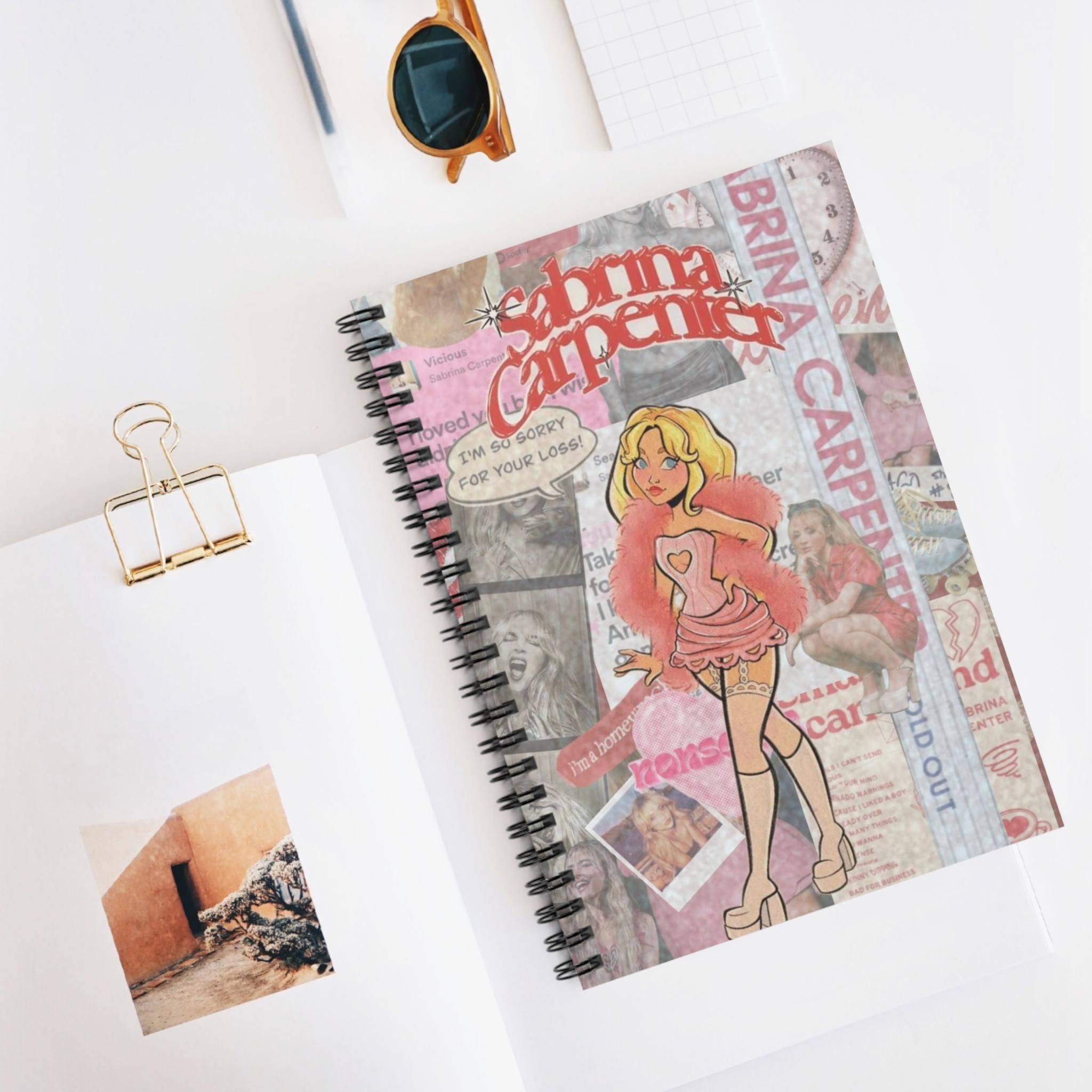
스파이럴 바인딩 책에 대한 완벽한 가이드: 왜 그것이 당신의 비즈니스 요구에 완벽한가
스프링제본 책은 문서를 체계적으로 정리하고, 쉽게 접근할 수 있도록 하며, 전문적인 문서를 보관하고자 하는 사람들에게 인기 있는 선택입니다.
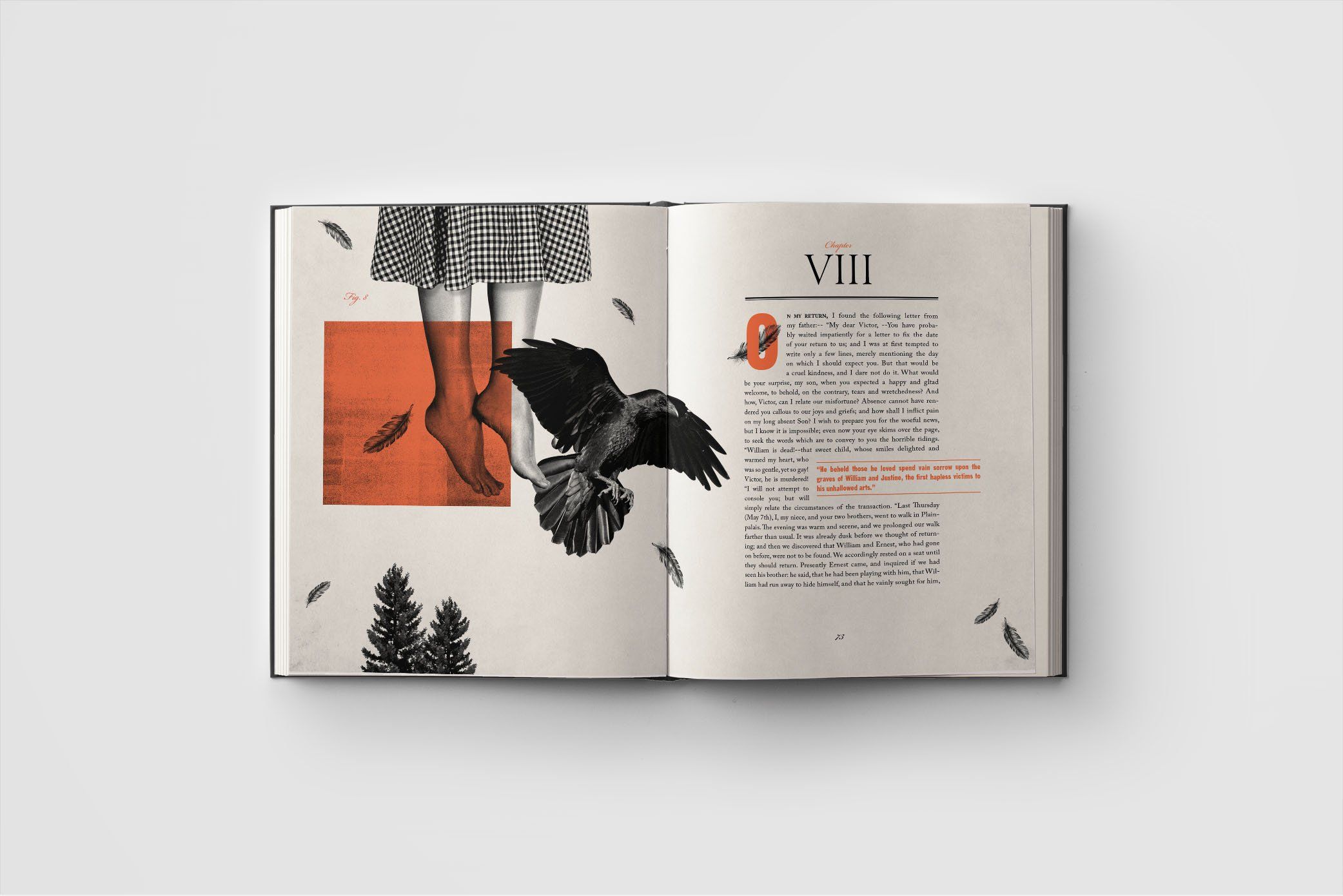
어느 나라가 책을 인쇄하는 데 가장 저렴할까요?
책을 어디에서 인쇄할 것인가를 선택하는 것은, 특히 비용, 품질, 편의성의 균형을 맞추고자 하는 사람들에게는 중요한 결정일 수 있습니다.
문의하기
- +86 13946584521
- info@booksprinting.net
- 8:00 - 22:00 (월~일)
댓글
관련 블로그
도서 인쇄 사업의 최신 트렌드와 일반적인 지식을 찾아보세요.

어느 나라가 책을 인쇄하는 데 가장 저렴할까요?
책을 어디에서 인쇄할 것인가를 선택하는 것은, 특히 비용, 품질, 편의성의 균형을 맞추고자 하는 사람들에게는 중요한 결정일 수 있습니다.
